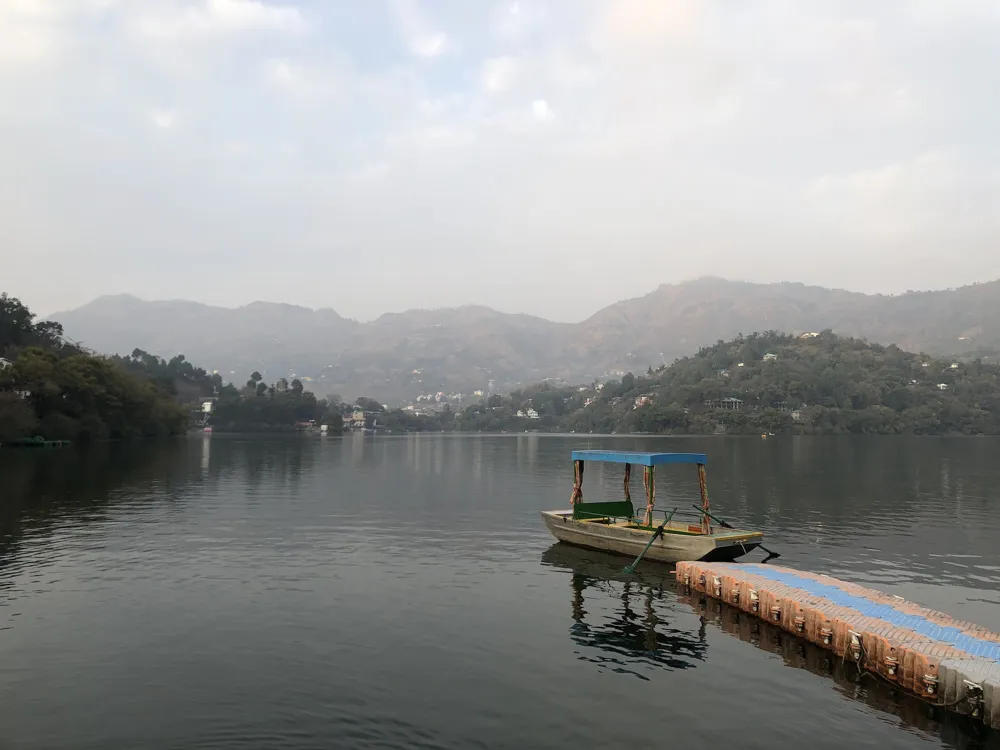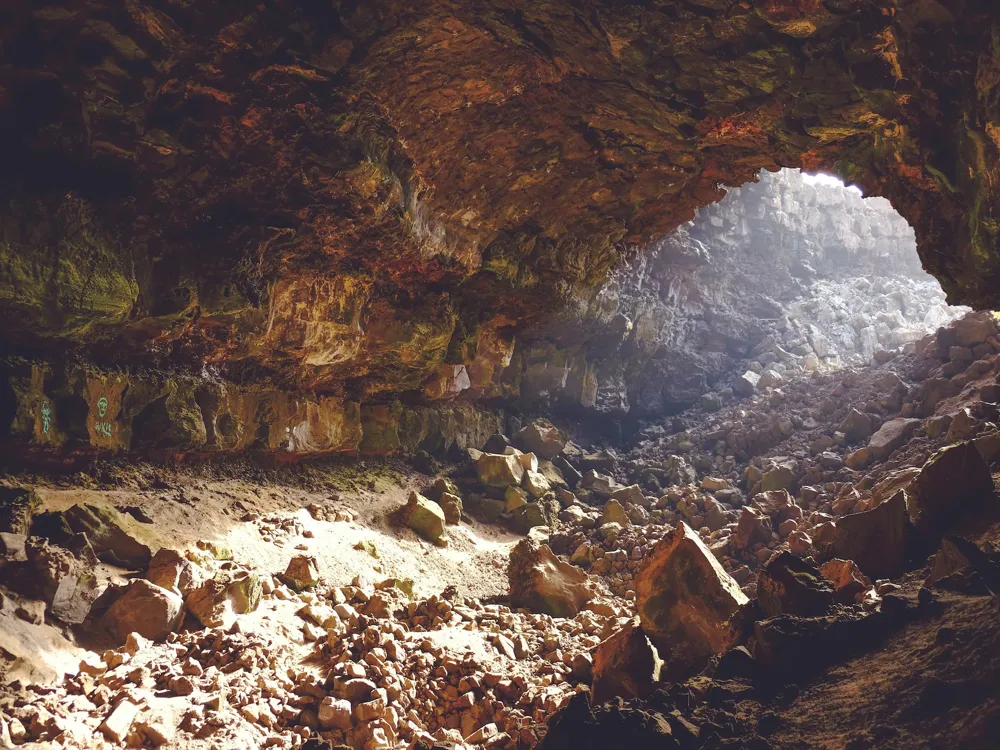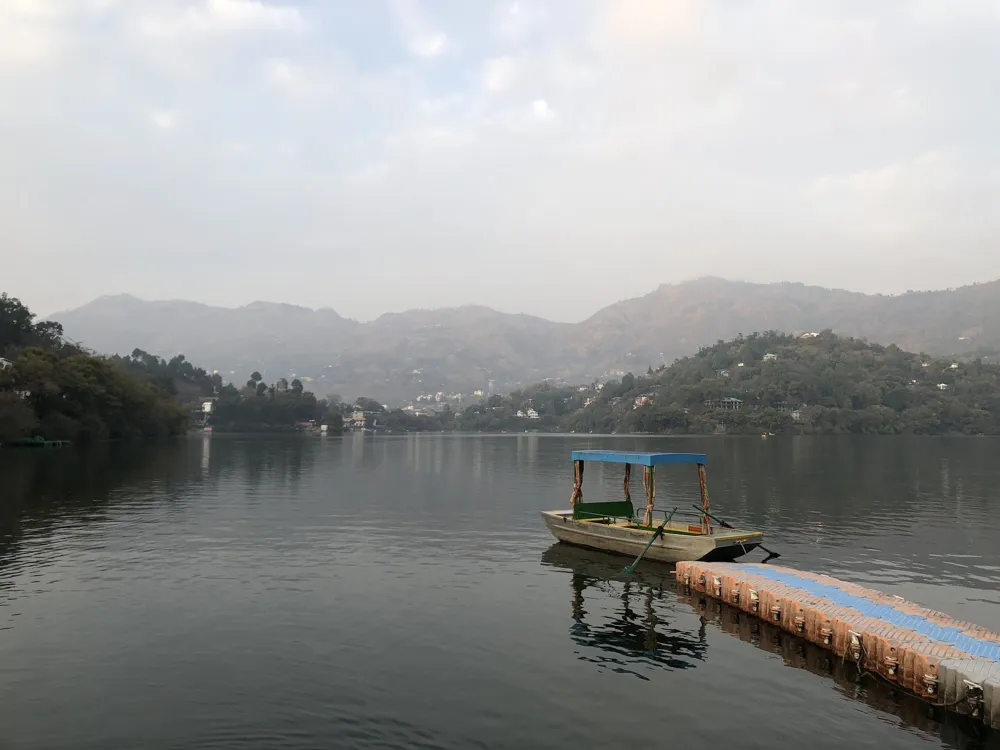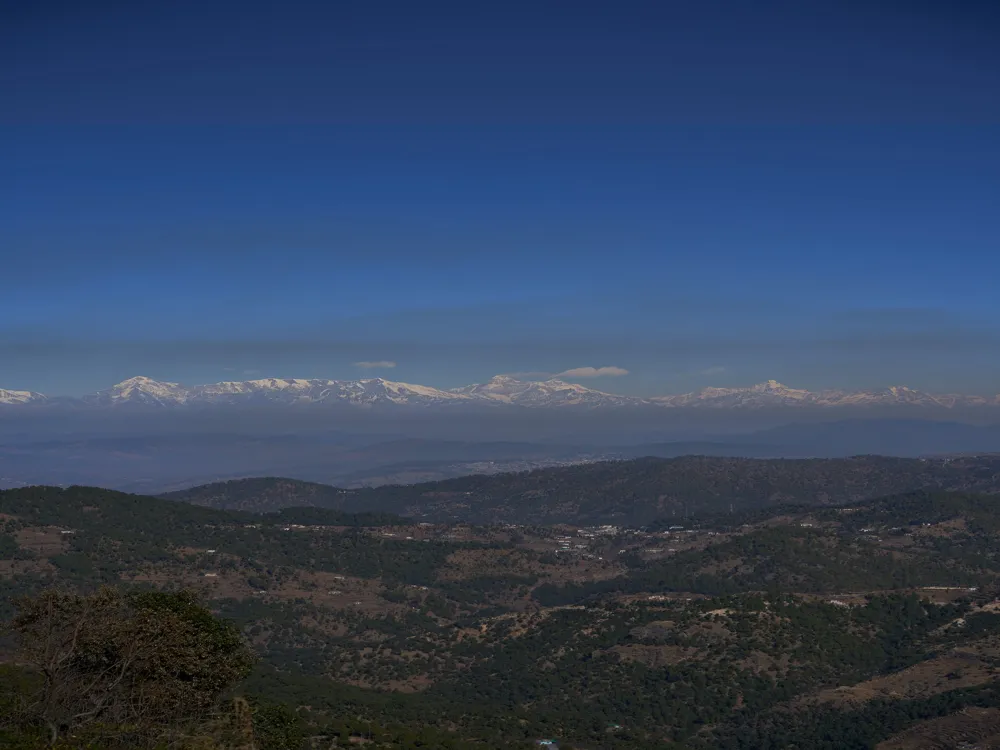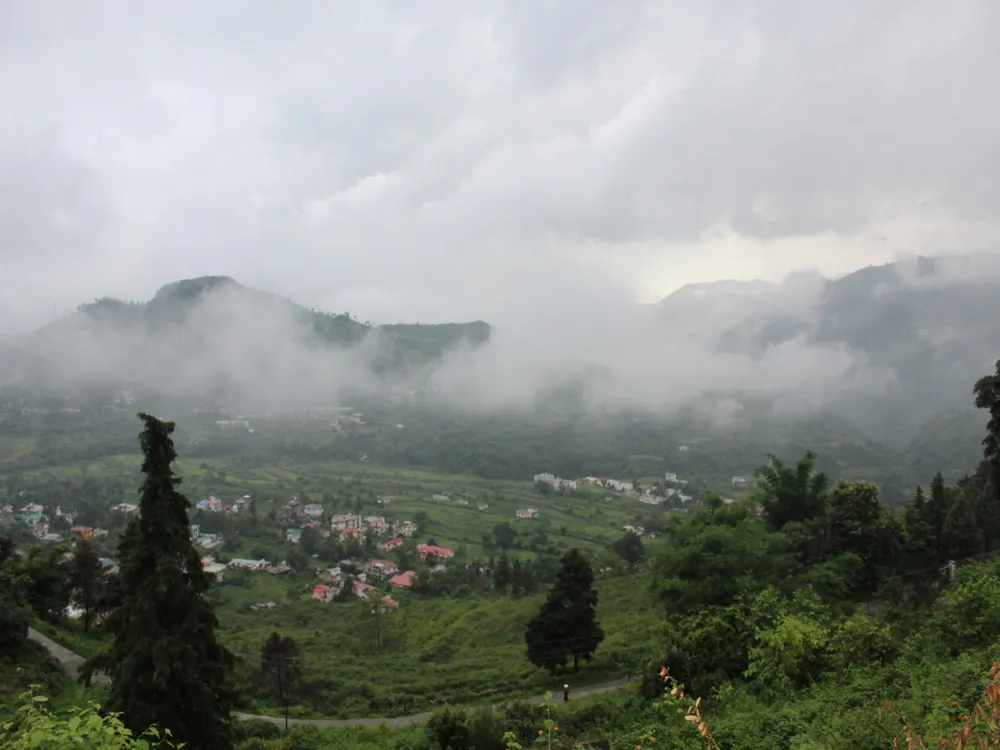Nestled amidst the serene landscapes of the Kumaon Hills in Uttarakhand, the Astronomical Observatory of Nainital stands as a beacon of astronomical research and education. Established in the year 1955, it has been a pivotal center for astronomical studies in India, attracting astronomers and enthusiasts from all over the world. The observatory, operated by the Aryabhatta Research Institute of Observational Sciences (ARIES), is situated at an altitude of around 1950 meters, providing an almost ideal setting for celestial observations. The strategic location of the observatory offers a clear, unpolluted sky for a significant part of the year, making it an ideal spot for optical tracking. It houses several state-of-the-art telescopes, including the 1.04-meter Sampurnanand telescope, which is one of the largest in Asia. The facility is not just a hub for professional astronomers but also serves as an educational platform for students and astronomy enthusiasts. Over the years, it has contributed significantly to research in areas like stellar, solar, and galactic astronomy, and has been instrumental in numerous celestial discoveries and observations. The observatory's research and educational outreach programs are well-structured, offering workshops, seminars, and interactive sessions for students and visitors. Its rich history, combined with the advanced technological setup, makes the Nainital Astronomical Observatory a remarkable landmark in the field of astronomy. The architecture of the Astronomical Observatory in Nainital is a blend of functional design and aesthetic appeal. The primary building, housing the major telescopes, is an imposing structure designed to facilitate optimal astronomical observations. The design is tailored to accommodate the large telescopes and their intricate mechanisms while ensuring ease of access for maintenance and research activities. The observatory's architecture takes into account the need for stability and vibration-free platforms essential for precision in astronomical observations. The domes that house the telescopes are constructed with special materials to withstand the rigors of weather and to minimize temperature fluctuations, which can affect observational accuracy. The interiors are spaciously designed to host various instruments and control systems, along with ample space for researchers to conduct their work. The layout of the observatory campus is thoughtfully planned, with separate areas designated for research, administration, and public outreach. The visitor center, in particular, is designed to be welcoming and informative, with displays and exhibits that explain the complexities of astronomical research in a manner accessible to the general public. The best time to visit the observatory is during the winter months from November to February when the skies are clearest. However, visitors should be prepared for cold weather conditions. It's advisable to join a guided tour for a comprehensive understanding of the observatory's workings. Ensure to book your visit in advance, as the observatory has limited slots for public visits. Since the observatory is located at a high altitude, it can get quite cold, especially at night. Visitors are advised to dress in warm, comfortable clothing. While photography may be allowed in certain areas, it's important to respect the observatory's rules regarding the use of cameras, especially near the telescopes. Visitors are expected to maintain a decorum befitting an educational and research facility. Disruptive behavior is discouraged to ensure a conducive environment for researchers and other visitors. The Astronomical Observatory in Nainital is well-connected by road and is accessible from major cities and towns. The nearest airport is Pantnagar Airport, about 70 kilometers away, while the closest railway station is Kathgodam, situated approximately 35 kilometers from Nainital. From these points, one can hire taxis or use public transport to reach the observatory. For those driving, the observatory is around 9 kilometers from the main town of Nainital and can be reached via the Nainital-Kaladhungi Road, which is scenic and well-maintained. Read More:Overview of the Astronomical Observatory in Nainital, Uttarakhand
Architecture of the Astronomical Observatory in Nainital
Tips When Visiting the Astronomical Observatory
Best Time to Visit
Guided Tours and Reservations
Dress Appropriately
Photography Rules
Behavioral Conduct
How To Reach the Astronomical Observatory in Nainital
Astronomical Observatory
Nainital
Uttarakhand
₹ 4,500 onwards
View nainital Packages
Weather :
Tags : Planetarium
Timings : 7:00 PM - 9:00 PM
Time Required : Less than 1 hour
Entry Fee : No entry fee
Planning a Trip? Ask Your Question
Nainital Travel Packages
View All Packages For Nainital
Top Hotel Collections for Nainital

Private Pool

Luxury Hotels

5-Star Hotels

Pet Friendly
Top Hotels Near Nainital
Other Top Ranking Places In Nainital
View All Places To Visit In nainital
View nainital Packages
Weather :
Tags : Planetarium
Timings : 7:00 PM - 9:00 PM
Time Required : Less than 1 hour
Entry Fee : No entry fee
Planning a Trip? Ask Your Question
Nainital Travel Packages
View All Packages For Nainital
Top Hotel Collections for Nainital

Private Pool

Luxury Hotels

5-Star Hotels

Pet Friendly







